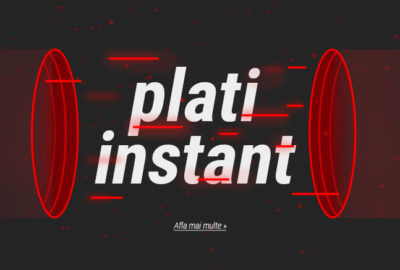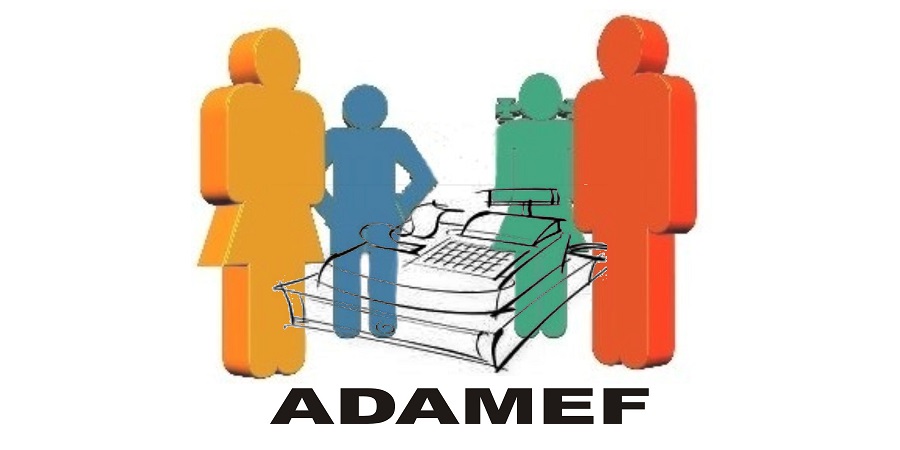EBA publishes final draft authentication and open banking standards for Payment Services Directive (PSD2)

The European Banking Authority (EBA) published today its final draft Regulatory Technical Standards (RTS) on strong customer authentication and common and secure communication. These RTS, which were mandated under the revised Payment Services Directive (PSD2) and developed in close cooperation with the European Central Bank (ECB), pave the way for an open and secure market in retail payments in the European Union.
Following 18 months of intensive policy development work and an unprecedentedly wide number of stakeholders’ views and input, these final draft RTS are the result of difficult trade-offs between the various, at times competing, objectives of the PSD2, such as enhancing security, facilitating customer convenience, ensuring technology and business-model neutrality, contributing to the integration of the European payment markets, protecting consumers, facilitating innovation, and enhancing competition through new payment initiation and account information services.
The EBA received 224 responses to its Consultation Paper, in which more than 300 distinct concerns or requests for clarifications were raised. In the feedback table published today as part of the RTS, the EBA has summarised each one of them and provided its assessment as to whether changes have been made to the RTS as a result of such concerns.
In particular, one of the key concerns addressed by these final draft RTS relates to the exemptions from the application of strong customer authentication on the basis of the level of risk involved in the service provided; the amount and recurrence of the transaction; and the payment channel used for the execution of the transaction.
„In this respect, the EBA has introduced two new exemptions: one based on transaction-risk analysis based on defined fraud levels and the other for payments at so called ‘unattended terminals’ for transport or parking fares. The exemption on transaction risk analysis is linked to a predefined level of fraud and is subject to an 18-month review clause after the application date of the RTS.”, according to the press release.
In addition, the EBA has also increased the threshold for remote payment transactions from EUR 10 to EUR 30, and has removed previous references to ISO 27001 and to other specific characteristics of strong customer authentication, so as better to ensure the technological neutrality of the RTS and to facilitate future innovations.
With regards to the communication between account servicing payment service providers (ASPSPs), account Information service providers (AISPs) and payment initiation service providers (PISPs), the EBA has decided to maintain the obligation for the ASPSPs to offer at least one interface for AISPs and PISPs to access payment account information. This is linked to the PSD2 no longer allowing the existing practice of third party access without identification (at times referred to as ‘screen scraping’ or, mistakenly, as ‘direct access’) once the transition period provided for in PSD2 has elapsed and the RTS applies.
However, in order to address the concerns raised by a few respondents, the final RTS now also require that ASPSPs that use a dedicated interface will have to provide the same level of availability and performance as the interface offered to, and used by, their own customers, provide the same level of contingency measures in case of unplanned unavailability, and provide an immediate response to PISPs on whether or not the customer has funds available to make a payment.
Legal basis and background
The draft RTS have been developed according to Article 98 of the revised Payment Services Directive (EU) 2015/2366 (PSD2), which mandates the EBA, in close cooperation with the ECB, to draft Regulatory Technical Standards (RTS) specifying the requirements of the strong customer authentication (SCA), the exemptions from the application of SCA, the requirements with which security measures have to comply in order to protect the confidentiality and the integrity of the payment service users’ personalised security credentials, and the requirements for common and secure open standards of communication (CSC) between account servicing payment service providers, payment initiation service providers, account information service providers, payers, payees and other payment service providers (PSPs).
The PSD2 provides that the RTS will apply 18 months after adoption of the RTS by the EU Commission as a Delegated Act.
View the documentation:» Download the document now 1.3 mb (PDF File)
Source: European Banking Authority
Dariusz Mazurkiewicz – CEO at BLIK Polish Payment Standard
Banking 4.0 – „how was the experience for you”
„To be honest I think that Sinaia, your conference, is much better then Davos.”
Many more interesting quotes in the video below:










